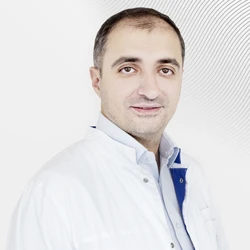Tumors of the head and neck
Tells Gennady Elkun,
otorhinolaryngologist, doctor of the highest category, Professor, MD
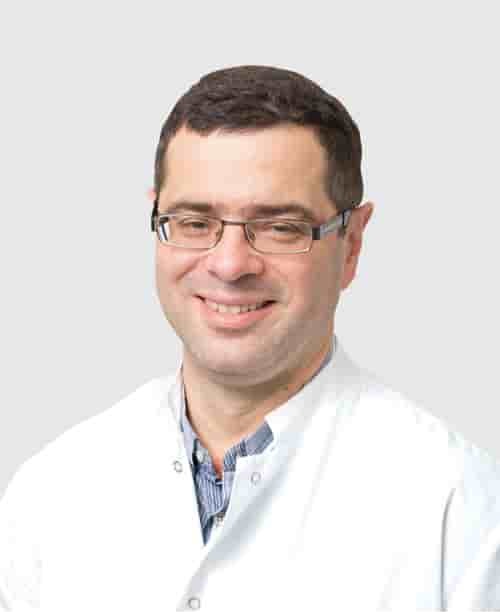
Tumors of the head and neck include tumors of the mouth, pharynx, larynx, as well as less common tumors of the nose, sinus, paranasal sinuses, salivary glands and middle ear – there are only more than 30 possible locations of malignant tumors of the head and neck.
Tumors of the oral cavity
Oral cancer is one of the most common types of malignancies of the head and neck organs. The tumor can be localized on the lip, tongue, under the tongue, inside the cheek, on the hard palate, on the tissues behind the wisdom teeth. In lip cancer, malignant growths most often form on the upper lip.The most common localization of the tumor in the oral cavity is the lower wall (bottom of the oral cavity) and the lateral part of the tongue.
Cancer of the pharynx and larynx
There are several types of cancer of the pharynx and larynx, depending on the location and type of tumor.
- Nasopharyngeal cancer
- Cancer of the oropharynx.The oropharynx includes the soft palate, the base (root) of the tongue, the glands, the back and side walls of the larynx. Most often, oropharyngeal cancer develops in the glands and root of the tongue.
- Cancer of the vocal cords. Cancer of the vocal cords is the second most common type of malignant tumors of the head and neck.
Rare types of head and neck tumors include:
- Cancer of the sinuses
- Cancer of the salivary glands
- Middle ear cancer
Treatment of thyroid cancer differs from the treatment of other tumors of the head and neck.
Risk factors
The main risk factors for the development of head and neck tumors are smoking, the use of snuff and chewing tobacco, and alcohol abuse (3 out of 4 cases of the disease).
An increased risk of developing tumors of the head and neck may also be associated with infection with the human papillomavirus HPV 16. Most often, tumors of the head and neck develop after the age of 50. Men get sick more often than women.
Other risk factors:
- A diet high in animal fats.
- Solar radiation – prolonged exposure to the sun can lead to the development of lip cancer.
- Long–term exposure to chemicals such as wood dust, leather dust and formaldehyde released by MDF are associated with the risk of developing certain types of cancer of the nasopharynx and paranasal sinuses.
- Precancerous conditions of the oral cavity, such as leukoplakia and erythroplakia, are most often associated with smoking.
Symptoms
Common symptoms of head and neck tumors:
- An ulcer (wound) in the oral cavity that does not go away for several weeks
- Red or white spots on the mucous membrane of the mouth or pharynx that do not disappear over time
- Swallowing disorders, pain when swallowing or chewing food
- Voice changes
- Persistent sore throat or ear pain on one side
- Swelling on the face, mouth, or neck
Less common symptoms:
- Tooth loss
- Nasal congestion or nosebleeds
- Pain or numbness of the face and upper jaw

Although these symptoms may indicate other diseases, it is important to consult a doctor to clarify the diagnosis, especially if they have been observed for a long time.
With the progression of the disease, tumors of the head and neck most often spread to the cervical lymph nodes. An increase in lymph nodes usually indicates an infectious disease, rather than a malignant process. But if an increase in the cervical lymph node is observed within 3-4 weeks, it is necessary to consult a doctor!
Types of head and neck tumors
The most common type of head and neck tumors is squamous cell carcinoma. Most tumors of the head and neck (9 out of 10 cases) are formed from squamous epithelial cells lining the surface of the oral cavity, nose and nasopharynx. Lymphomas, adenocarcinomas, and sarcomas are less common among head and neck tumors.
Diagnostics
Diagnosis and treatment of head and neck tumors should be carried out in a specialized clinic with the participation of doctors of several specialties: radiologist, oncologist, otorhinolaryngologist, surgeon. Ophthalmologists, maxillofacial surgeons, and neurosurgeons can be involved if necessary.
Diagnostic methods:
- Ultrasound examination of the neck and cervical lymph nodes
- Endoscopic examination (examination of the nasal cavity, nasopharynx, and larynx).
- A biopsy is performed to make the final diagnosis.

Types of biopsy: incision biopsy (excision of a part of the affected tissue), fine needle puncture biopsy.
If the biopsy results confirm the diagnosis of malignancy, further studies are carried out to stage the process: X-rays, computed and magnetic resonance imaging, scintigraphy, PET/CT.
The EMC Clinic of Otorhinolaryngology and Head and Neck Surgery is located in the EMC multidisciplinary hospital, where the laboratory, departments of radiation (ultrasound, X-ray, CT, MRI) and radionuclide (SPECT) work around the clock./CT, PET/CT) diagnostics, which allows to establish the correct diagnosis and prescribe the appropriate treatment in the shortest possible time.
Treatment
The Institute of Oncology of the European Medical Center (Moscow) provides comprehensive treatment for head and neck tumors. Treatment of cancer of the larynx, nasopharynx and other tumors in the head and neck is carried out using surgical methods, radiation therapy, chemotherapy, as well as a combination of several methods. Each case is reviewed at a medical consultation to determine the most successful treatment tactics.

The initial stage of head and neck tumors usually involves surgical treatment. The EMC Institute of Oncology performs surgical treatment of oncological pathologies of the head and neck organs in full using the most modern methods, including robot-assisted surgery using the latest generation DA Vinci Si HD system for malignant neoplasms of the oropharynx (TORS), tumors of the salivary glands (submandibular, parotid), as well as conducting robot-assisted lymphodissection of the neck (removal of the affected lymph nodes in the neck).
The operations are performed by a team of highly qualified surgeons, including one of the leading European specialists in head and neck surgery Professor Jean Rene Millier, otorhinolaryngologist, Professor, MD Gennady Elkun. Robot-assisted surgeries make it possible to achieve radical treatment of the tumor and at the same time are as gentle as possible for the patient. EMC specialists carry out successful operations, even in the most difficult cases.
Radiation therapy for head and neck tumors is performed at the EMC Radiation Therapy Center using the latest generation of linear accelerators. The use of the most modern methods of radiation therapy allows in some cases to carry out tumor treatment without surgery.
Video:
Removal of a malignant tumor of the bones of the facial skull
Removal of a malignant tumor of the vocal fold
Author: Gennady Elkun, otorhinolaryngologist, doctor of the highest category, Professor, MD
Why the EMC
The first and only clinic in Russia, created in the image of the world's leading clinics
EMC is a multidisciplinary center offering patients a high level of medical services and a personalized approach
Worldwide recognition and awards
 Learn more
Learn more
Worldwide recognition and awards
 Certificates and licenses
Certificates and licenses
Make an appointment for a consultation
Specify your contacts and we will contact you to clarify the details
Reviews
and new products of the EMC

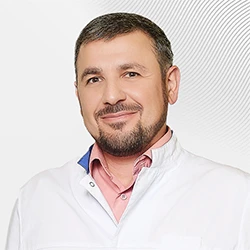



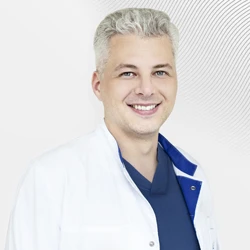

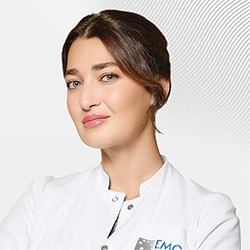
.webp)


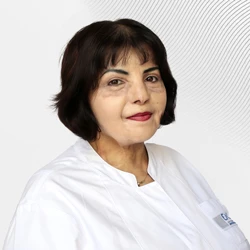
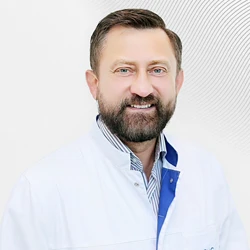
.webp)
